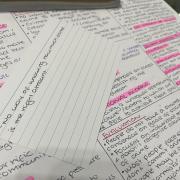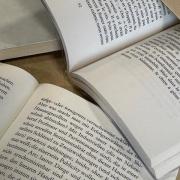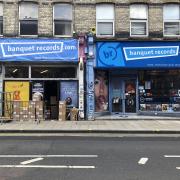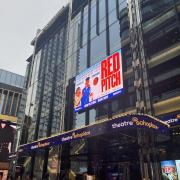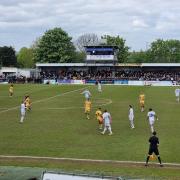
A recent study into the problem of air pollution, published on 25th January 2021, recorded that the London boroughs with the highest number of air pollution deaths were Bromley, Barnet, Croydon and Havering. Commissioned by the Mayor of London and carried out by the Environmental Research Group at Imperial College London “London Health Burden of Current Air Pollution and Future Health Benefits of Mayoral Air Quality Policies”, found that toxic air pollution caused 3,600 to 4,100 deaths in 2019. For Bromley, this is a surprising figure as it is considered London’s greenest borough with over 160 parks and large areas designated Metropolitan Green Belt. These deaths were estimated to be attributable to human-made PM2.5 and NO2(nitrogen dioxide). PM2.5 is regarded as the most damaging pollutant to human health especially amongst the very young, older people and those with lung conditions.
On the very next day, Parliament debated the proposed amendments to the Environment Bill, first launched in 2018 and is seen to be a key piece of legislation with the MP for Bromley & Chislehurst, Sir Bob Neill, one of the speakers, saying on Twitter, “Putting on the face of the Environment Bill our commitment to WHO targets on PM2.5 would send an important message...demonstrating our determination to improve #AirQuality”. However, at the last minute, the government decided to postpone the Bill and it will not return to the Commons until the next Parliamentary Session, likely in the spring. However, the pressure will remain to campaign for mandatory targets for air pollution based on WHO limits and for them to be legally binding and enforceable.
Clean Air Strategies are also at the forefront at region level. The Mayor of London, Sadiq Khan, has been active in introducing measures to combat the environmental challenges in London, such as the world’s first Ultra Low Emission Zone, while facing the fact that still over 99% of London exceeds (WHO) air pollution limits. The British Heart Foundation (BHF) warned in 2020 that breathing London air is the same as smoking 150 cigarettes a year. Cleaner transport to tackle NO2 pollution and reducing the reliance on cars on London roads are key issues. The Mayor and TFL’s Streetspace aims to give more space to cycles and bikes. The need to address these problems were clearly highlighted in the recent inquest into the death of nine-year-old, Ella Kissi-Debrah. It made legal history because for the first-time air pollution was recorded as a cause of an individual death in the UK. Ella and her family lived just 25 metres away from the South Circular Road in Lewisham where levels of nitrogen dioxide from traffic pollution constantly exceeded the annual limit of 40µg/m3 between 2006 and 2010.
The Breathe London Network project coordinated through London City Hall is looking to directly tackle this issue by setting up new air quality sensors at priority locations such as schools and to provide reliable air pollution data for use at community level. Real-time air quality monitoring data is increasingly becoming an important way to keep informed, immediately to your own location, street by street. The Bromley Liberal Democrats have real-time air quality monitoring data on their website to keep residents aware. Plus local campaign groups in Bromley, including, for instance, Liveable Bromley, Greener & Cleaner Bromley (& Beyond) and the Chislehurst Eco Community regularly discuss local issues that are impacting on our air quality such as domestic wood burners and the frequency of bonfires. All of which add a detrimental impact on the air that we breathe.
Finally, the follow-up report to the Bromley Council Air Quality Action Plan (AQAP) 2020-2025 is due to be discussed by the Council at some point this year. In light of the Imperial College Report and the delay in the Environment Bill of last week, this cannot come soon enough.




